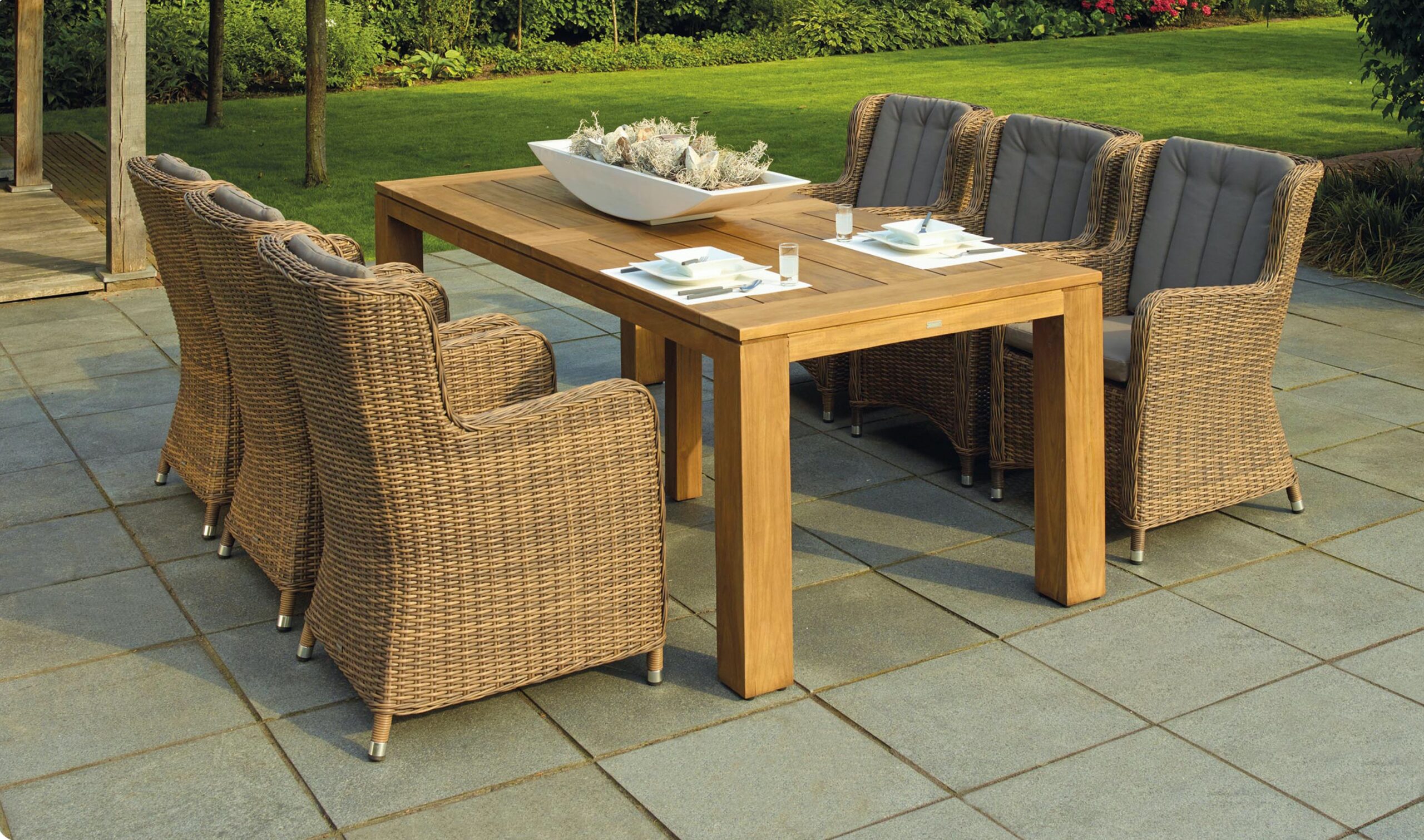With the increasing popularity of outdoor living spaces, having an outdoor kitchen has become a coveted addition to any home. An outdoor kitchen not only elevates your culinary experience but also creates a fantastic space for socializing and entertaining. Whether you’re a seasoned grill master or a novice cook, building an outdoor kitchen requires careful planning to ensure you create a functional and stylish space. In this blog post, we’ll explore six essential considerations when embarking on your outdoor kitchen journey.
Location, Location, Location
Selecting the right location for your outdoor kitchen is the first and most crucial step. Consider factors such as prevailing winds, sun exposure, and proximity to your indoor kitchen and dining area. Choose a spot that has adequate shade during the hottest hours of the day to make cooking and dining more enjoyable. Additionally, ensure easy access to water and utilities for a seamless cooking experience.
Appliances and Features
Your outdoor kitchen’s functionality will largely depend on the appliances and features you choose. A grill is typically the centerpiece, but you can also include a pizza oven, smoker, cooktop, refrigerator, sink, and storage cabinets. Opt for high-quality, durable appliances designed to withstand outdoor elements. Additionally, consider adding a bar counter with stools for guests to sit and chat while you cook.
Materials and Durability
Outdoor kitchens endure exposure to weather elements, so selecting the right materials is vital for longevity and easy maintenance. Stainless steel appliances are popular choices due to their resistance to rust and corrosion. For countertops, natural stones like granite or concrete provide durability and a sophisticated look. Choose weather-resistant and easy-to-clean flooring materials that can handle spills and foot traffic.
Design and Layout
The design and layout of your outdoor kitchen should be both aesthetically pleasing and functional. Think about the workflow while cooking and ensure the grill is in close proximity to the food prep area. Include enough counter space for meal preparation, and organize the appliances logically. Consider adding a dining area nearby with comfortable seating to encourage gatherings and create a welcoming ambiance.
Lighting and Ambiance
Appropriate lighting is essential for evening cooking and entertaining. Combine task lighting for the cooking area with ambient lighting to create a warm and inviting atmosphere. Consider using energy-efficient LED lights that are both eco-friendly and long-lasting. Additionally, incorporate other elements like a fire pit, string lights, or torches to enhance the overall ambiance and make the outdoor kitchen a cozy retreat after sunset.
Budget and Permits
Before embarking on any construction, establish a clear budget for your outdoor kitchen project. Factor in the costs of appliances, materials, labor, and any additional features you wish to include. Be realistic about what you can afford and prioritize essential elements first. Additionally, check with your local authorities regarding building permits and zoning regulations. Compliance with these requirements will save you time and headaches in the long run.
Conclusion
Building an outdoor kitchen is a rewarding endeavor that transforms your backyard into a culinary oasis. Consider the location, appliances, materials, design, lighting, and budget to create a space that complements your lifestyle and culinary passions. With careful planning and attention to detail, you can craft an outdoor kitchen that will be the envy of your friends and family, making it the perfect setting for unforgettable gatherings and delightful meals under the open sky.

